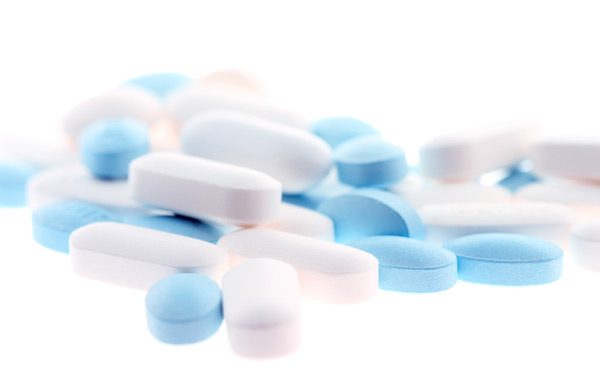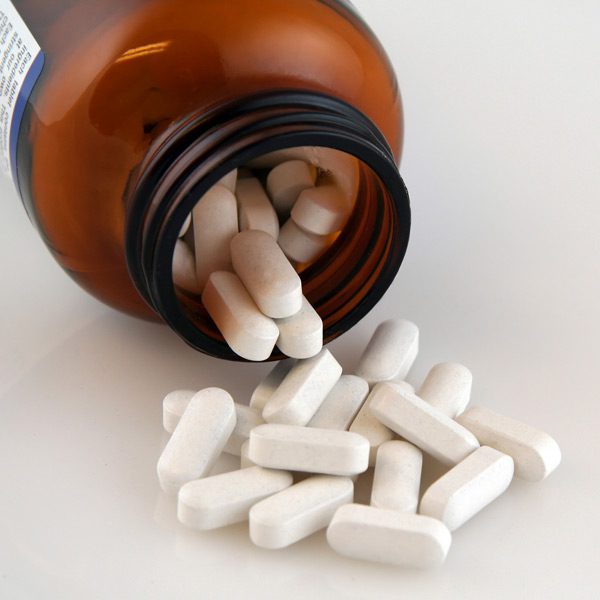Learn more about what to expect through the rapid detox process.
As helpful as prescription medications like oxycodone, hydrocodone, and suboxone are in relieving patients’ chronic or post-surgical pain, they also can be highly addictive. People who once were not prone to substance abuse may find that they cannot wean themselves from these medications.
Drug addiction treatment methods like entering a rehab or attempting to go cold turkey can set up some addicts for eventual relapse
When patients want to avoid the discomforts of withdrawals and the risk of relapsing, they may be viable candidates for a drug addiction treatment called rapid opiate detox
Rapid Opiate Detox: An Overview
Rapid opiate detox is a substance abuse procedure that is still relatively new to the drug rehabilitation industry. It was invented in 1988 and utilizes a medical approach to helping patients overcome their addictions to opiates like suboxone, hydrocodone, and oyxcodone.
The procedure itself calls for patients to be sedated for a period lasting between 30 to 90 minutes. During the sedation, they are given an opiate antagonist medication called naloxone, which blocks receptors in patient’s brains and helps detoxify their bodies of the opiates. It eases the physical distress of withdrawals and mutes patients’ physical cravings for the drugs to which they are addicted.
Rapid opiate detox is only permitted to be administered in full-service surgical centers. Doctors typically carry out the procedure in the facility’s operating room. The treatment takes two to three days to complete satisfactorily.
Rapid Opiate Detox Procedure: Step-by-Step
This procedure requires a time commitment of a few days. This time frame permits doctors to thoroughly examine candidates for the treatment and also reduce the chances that people will experience adverse side effects from it.
The process begins with patients going through a full physical examination during which their physicians will determine if they are physically and emotionally well enough to withstand the procedure. People who suffer from conditions like high blood pressure or weakened hearts may be disqualified. Likewise, people who suffer from manic depression or other severe mental health conditions may be advised to consider another drug rehabilitation treatment.


During the exam, patients must disclose what drugs, both legal and illegal, that they take on a regular basis. They also must disclose their alcohol consumption. This information is required to ensure that they do not experience a negative reaction to the naloxone and other medicines used during the treatment.
After they finish with their examination, they are the admitted to the surgical center. They will not be put under general anesthesia but rather a brief sedation that will last from 30 to 90 minutes. When they wake up, they will remain under observation until they are released and allowed to go to the retreat center.
The observation period will last about a day. This time frame allows patients’ medical team to respond to any post-procedural side effects that they may experience, such as physical pain or emotional distress. When they are physically and emotionally stable, they will be allowed to leave the surgical center and go to the retreat center to recuperate.
Rapid Opiate Detox Tips and Reminders
People who are interested in undergoing rapid opiate detox are encouraged to keep certain tips in mind before agreeing to the procedure. First, you should remember that this procedure is designed for people who are addicted to opiates like hydrocodone, suboxone, or oxycodone. It is not used to help people recover from addictions to other substances like cocaine or alcohol. The medication used during the procedure, naloxone, is an opiate antagonist and therefore is not used to help people withdrawal from and overcome other kinds of substance addictions.
Second, patients are encouraged to do their research about the procedure so that they know what to expect. When you know the step-by-step process and also know what to anticipate in the surgical center as you recover, you can prepare yourself and avoid anxiety and worry while you are in the hospital.
Third, people are reminded that they must devote some time to the procedure. If needed, they should request plenty of time off from work or school so that they can focus on their treatments without having to feel obligated to return to their normal routines too soon. They cannot request that the process be shortened or that they be released from the treatment prematurely.
Fourth, it is important to remember that rapid opiate detox is a medical procedure. It does not utilize counseling or emotional support services found in other treatment programs. It removes the drugs from your system and eliminates the cravings you will have for opiates after you are finished with the process. This elimination gives you a solid chance at avoiding a relapse in the future.
Finally, people should be aware that rapid opiate detox is not very often covered by health insurance. Because it is new to the drug rehabilitation industry and utilizes health care procedures that are considered to be optional rather than mandatory when dealing with a drug addiction, many health insurers decline to cover any or all of the treatment’s expense. People who want to go through with the process must pay for it themselves.
Nonetheless, the expense of the treatment may be worth the privacy and confidentiality that it affords patients. They do not have to fear anyone at work, school, or in their own families finding out because of health insurance disclosures. They can recover from their addictions with their full privacy closely guarded.
Beating an addiction to prescription medications like oxycodone, hydrocodone, and suboxone can be difficult for people who go it alone or enter a mainstream rehabilitation program. When they want to avoid the physical and emotional distress of withdrawals and cravings, they may prefer the convenience and safety of rapid opiate detox. This alternative medicinal approach to overcoming opiate addictions continues to grow in popularity and availability throughout the U.S. and offers people one of the best chances of regaining full sobriety. Contact us to learn more about drug addiction treatment today.
treatment and assessment options.
